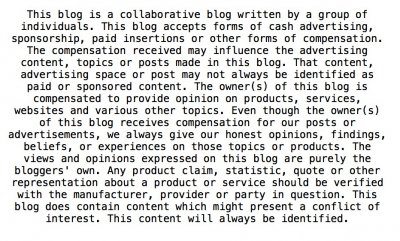Cryptorchidism. The Origin, the Cure
Cryptorchidism is a medical condition in which a newborn baby boy’s testicles have not descended from the abdomen into their proper position in the scrotum by the time a baby is born. In nearly all cases, the condition corrects itself within the first year of life. Prematurely born males and those with a familial history of cryptorchidism, however, the testicles may not descend without medical intervention. The most routine treatments in Australia and around the world for undescended testicles, include hormone therapy, and a surgical procedure which manually brings the testicles into their natural position.

Causes
Usually male infants have fully descended testicles at birth. In the case of the baby being born prematurely, the testicles may not have had the chance to fully develop and descend. One or both testes can be interrupted in their natural descent anywhere from their origin in the abdomen to the base of the scrotum. For those babies that have this condition despite being carried to full term, the cause might be more difficult to diagnose. In many cases, males whose brothers or fathers suffered from cryptorchidism will be more likely to have the same condition. Abnormally low levels of the hormones testosterone and human chorionic gonadotropin (HGC) are also known to prevent the testes from completely descending.
Untreated
Should this condition be left untreated, cryptorchidism can later contribute to a number of health complications. The most commonplace complication of undescended testicles in Perth in post-pubescent males is infertility. The testicles are prevented from completing spermatogenesis, which is the process by which sperm cells are produced and matured. Also, the risk of testicular cancer development is up to nearly 40-times higher for males with either one or both testicles undescended.
Conclusions
A pediatrician can normally diagnose cryptorchidism by physically examining the scrotum and lower abdomen. The doctor can then conduct ultrasound or x-rays to determine the precise location of the testicles and then take blood samples to test for low levels of HGC or testosterone. If the doctor concludes that the testicles are unlikely to descend by themselves, a discussion with the parents or guardians over treatment options will take place. If searching for an expert in pediatric surgery in the Perth area, check out Dr Jill at http://www.childrensurgery.com.au. With over two decades of professional experience, you know your child will be in the best hands.
The Cures
Simple hormone replacement therapy has been shown to be effective if the cause of cryptorchidism is discovered to be a deficiency in testosterone and HGC. In other cases, however, surgery has become the preferred treatment option of choice. A medical procedure known as an orchiopexy may be carried out on infants over the age of six months, and has been shown to have a high success rate. The surgeon makes a tiny incision in the scrotum and manoeuvres tiny surgical tools to locate and then pull down the testes.
Post-Surgery
After surgery, regular check-ups are necessary to confirm the success of this simple operation to ensure that there is no permanent structural damage to the reproductive system. What at first may have seemed like something to be seriously concerned about, has now become something that can be simply cured, and that’s definitely something that we all want.

